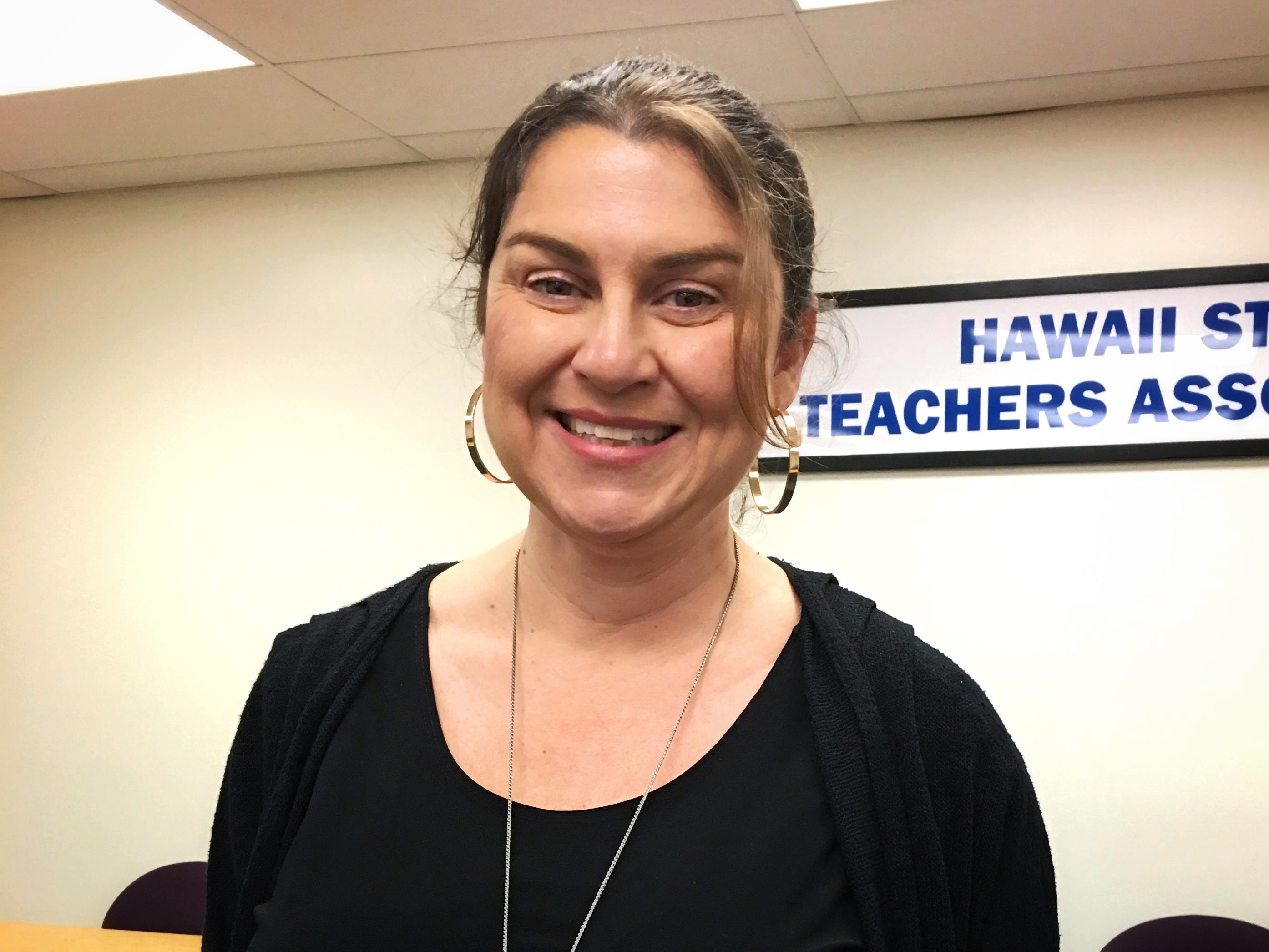This editorial was published in the Honolulu Star-Advertiser on April 24, 2019.
There is a common belief, especially in Hawaii, that a private school education is superior to a public school education. In fact, Hawaii has one of the highest rates of private school attendance in the nation. The idealization of private school education has a detrimental impact on public school students and here’s why — most often it is families of higher socioeconomic status that turn to private schools for their child’s education.
When families of higher economic means leave the system, they take with them the drive to improve public education. This disinvestment creates a feedback loop which furthers the narrative that public schools are inferior. For example, spending $10,000-$50,000 per year on private school is completely justified, while at the same time, efforts to increase funding for public education continue to be met with resistance.
Other factors drive this feedback loop. For instance, students must test-in to be admitted to private school. Studies have shown that students of higher socio-economic status do better on academic measures such as testing; thus students who are admitted to private schools are sometimes performing at higher levels than their non-private school peers. Meanwhile, public schools must accommodate all students, not just those who can meet certain admission requirements. In fact, public schools are legally bound to do so. The product of this situation is a private school system that is well-funded and better resourced servicing students who already have an academic advantage.
Conversely, underfunded public schools must service all children. In school year 2016-2017, a whopping 54% of Hawaii public school students were either economically disadvantaged, English language learners, or students with a disability. While private schools have no obligation to provide their students with special education services, public schools are required to do so and students are eligible for these services between the ages of 3 and 22.
While it seems completely logical that a family with the means would wish to send their child to private school, studies show there is a misconception about the academic gains a private school education provides. According to a study published last year by University of Virginia researchers, all advantages of private school education are eliminated when family income is taken into account. This finding corroborates a 2006 study that also found little difference between public and private school national reading and math scores.
Even when looking at the quality of educators in public vs. private schools, there is a misperception that private schools provide access to higher-quality educators. However, in order to be a licensed public school teacher, one must have successfully completed a state-approved teacher education program. On the contrary, private school teachers do not have to meet this requirement. In fact, they may be hired merely based on their area of expertise but have little to no background in effective teaching practices.
Thus the public school system sets a higher bar for educators.
Nevertheless, because we neither adequately fund our schools nor pay our public school teachers a competitive salary, Hawaii continues to suffer from a severe teacher shortage that impacts the quality of education students receive, thereby driving the feedback loop.
It’s time to shift our thinking on what it means to invest in education in our state. We must feel as justified in making a substantial investment in public education as we do in our investment in private education. If we sufficiently resourced our public schools, each and every one of our keiki, not just those of high socio-economic status, would be entitled to a well-rounded, high-quality public education.

